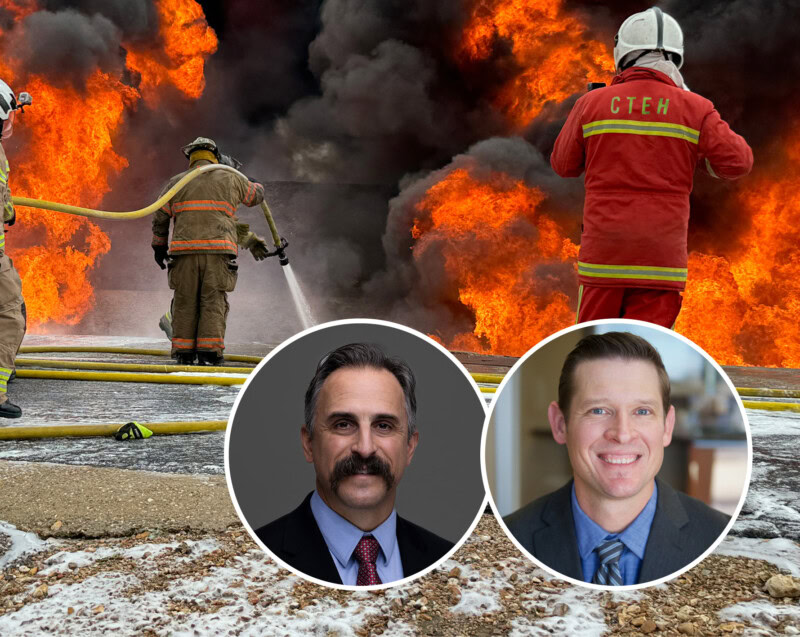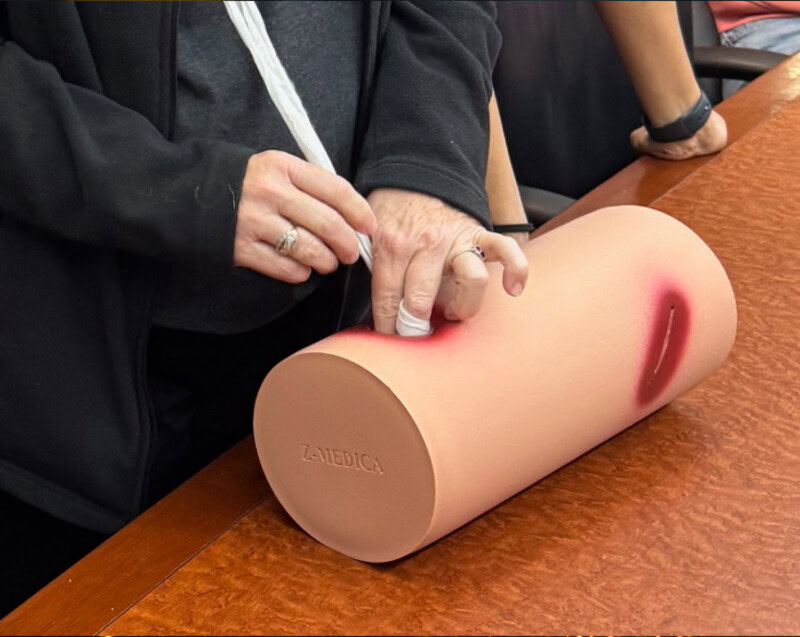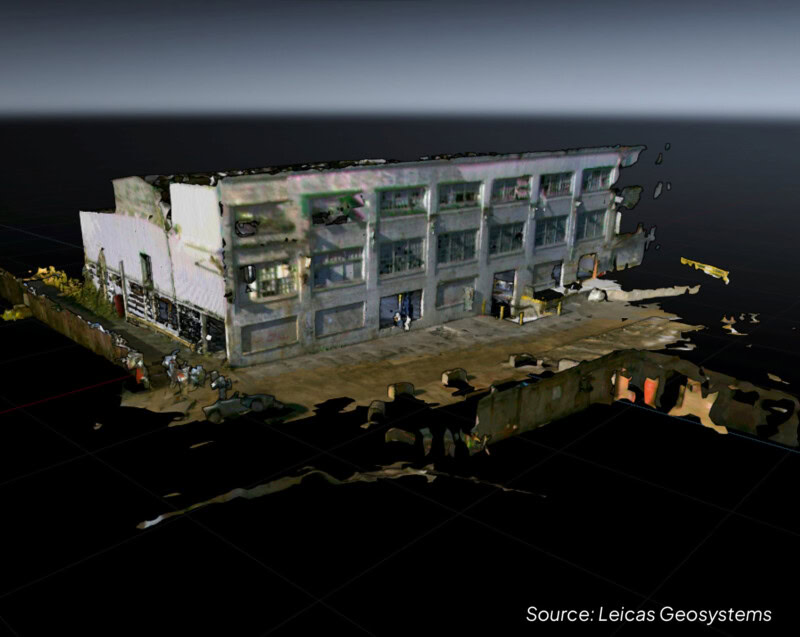Have you ever wondered how tons of potentially hazardous material can be safely transported to processing facilities around the country? It is no easy task. Many companies rely on the railroad to get their product from point A to point B, and this means they use tank cars.
Tank cars are tankers used to move liquid products, such as oil, ethanol, biodiesel, chemicals, and so forth. The railways generally do not own the tank cars, therefore the customer must obtain these cars through lease or purchase.
Tank cars carrying hazardous materials are generally made of different types of steel, depending on the intended cargo and necessary operating pressure. The material of construction is primarily carbon steel, followed by stainless steel and aluminum nickel plate steel, respectively. Tank cars can be lined with rubber or specially coated for product purity purposes. The tank heads are also stronger to prevent ruptures during accidents and their pressure relief valves are inspected with each loading.
Many varieties of tank car exist due to the wide array of liquids and gases transported. Tank cars can be pressurized or non-pressurized, insulated or non-insulated, and designed for single or multiple commodities and grouped by type, not by the cargo they carry (food vs hazardous materials, for example). Non-pressure tank cars, also referred to as “low pressure” or general service tank cars, have a tank test pressure of 100psi or lower. PSI indicates pound force per square inch and is often used to describe air pressure. These cars are used to transport a variety of products that could be hazardous or common, non-hazardous, commodities. Pressure tank cars have a tank test pressure of 100 to 600 psi and are used to transport high-pressure products. Low-pressure liquids can be transported in pressure cars for safety purposes if they pose a high hazard risk such as poisonous liquids or highly reactive products.
All tank cars operating throughout North America today feature “double shelf” type “F” couplers (mechanical features to reduce slack action) that prevent disengaging in event of an accident or derailment. This can help to eliminate the chance of couplers puncturing adjacent tank cars. Tank cars must be inspected every 10 years and can only be used for hazardous material transport for 40 years.
In our next post, we will break down a tank cars numbering system to tell you what it could be carrying, who owns it, and if it is pressurized or not.




